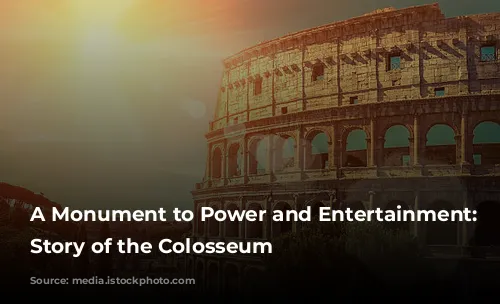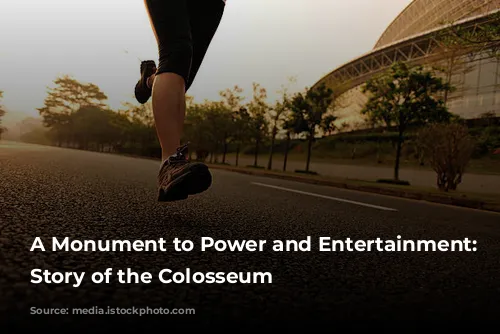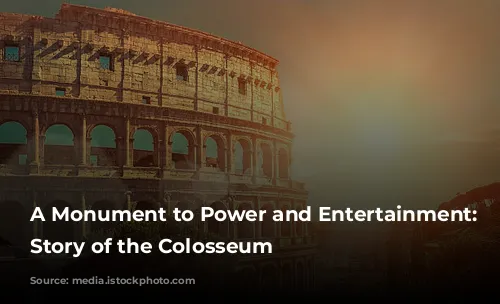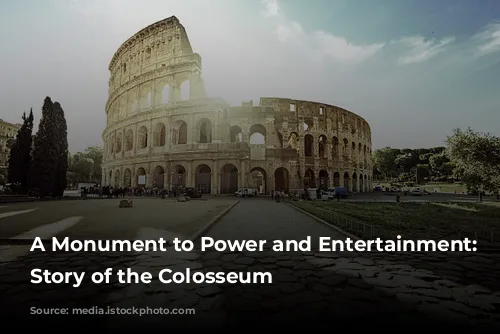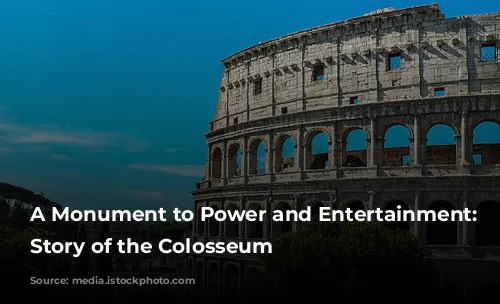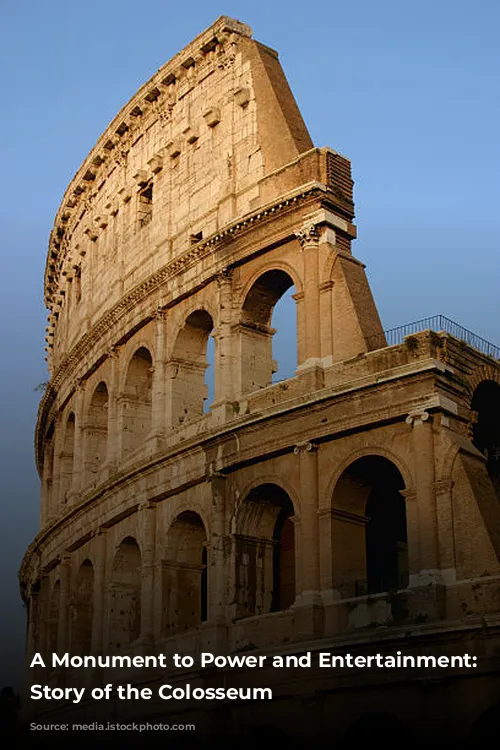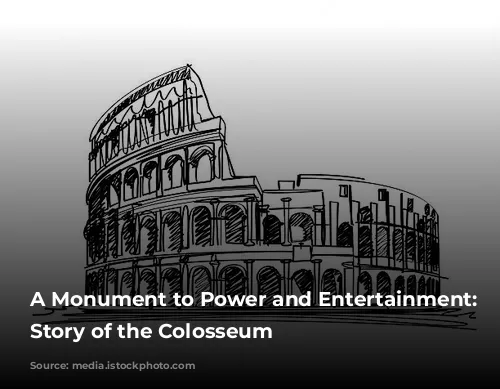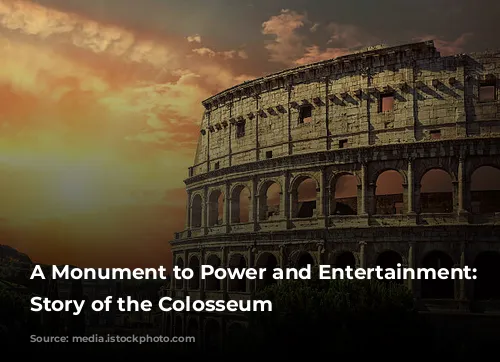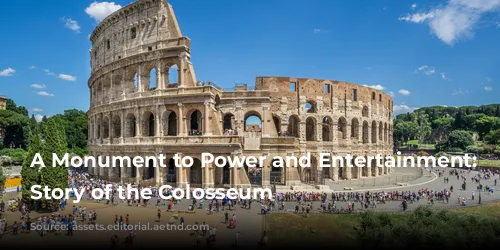The Colosseum, also known as the Flavian Amphitheater, stands as a magnificent testament to the grandeur and ingenuity of ancient Rome. More than just a venue for bloodthirsty spectacles, it embodies the enduring spirit of a powerful dynasty and remains a marvel of architecture and engineering.
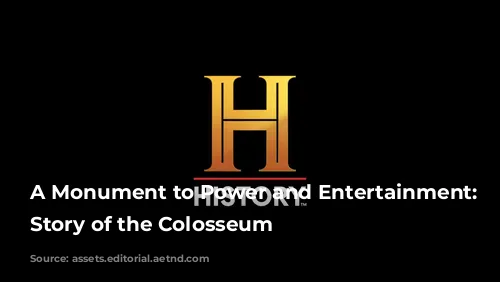
A City Resurgent: The Flavian Dynasty and the Colosseum’s Rise
The Colosseum’s story is intimately intertwined with the Flavian Dynasty. After a period of turmoil and destruction, Vespasian, the first Flavian emperor, sought to restore Rome’s glory. Under his reign, and those of his sons Titus and Domitian, the city embarked on an ambitious program of reconstruction and beautification.
The Colosseum, constructed in the heart of the city, stood as a powerful symbol of Rome’s resurgence. Its construction, funded with the spoils of war from the siege of Jerusalem, served as a striking reminder of the Flavian Dynasty’s power and its commitment to the city’s revival.
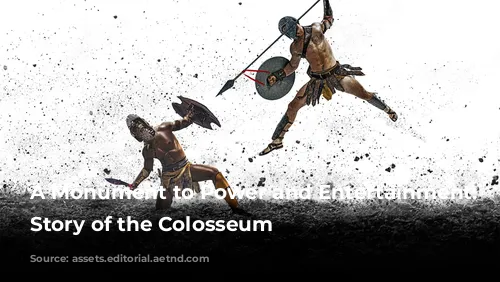
A Monument of Innovation: Construction and Engineering Marvels
The Colosseum was not only a political statement but also a stunning achievement of architectural and engineering prowess. It was the largest and most complex permanent amphitheater of its time, built with an astonishing amount of concrete, travertine, marble, stone, and timber. Towering 157 feet high, it could accommodate a staggering 50,000 to 80,000 spectators.
The Colosseum’s construction demonstrated the Romans’ mastery of concrete, a material that enabled them to build structures of unprecedented scale and complexity. Its robust concrete foundation, built on the site of a former lake, guaranteed the structure’s longevity, ensuring it would stand the test of time for millennia.
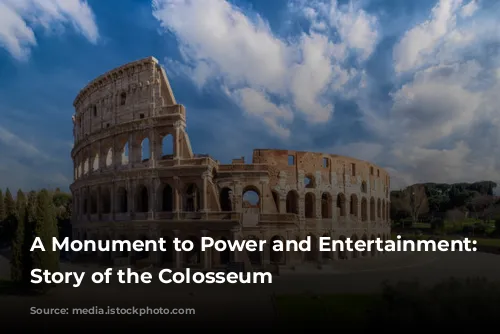
A Stage for Spectacle: The Games and the Colosseum’s Social Hierarchy
The Colosseum was not merely a building; it was a vibrant stage for public entertainment. Gladiatorial combat, animal hunts, and mock sea battles drew massive crowds, offering a glimpse into the brutal yet captivating world of ancient Rome.
The structure itself reflected the strict social hierarchy of Roman society. Seating arrangements were carefully designed to reflect status and wealth. The Emperor and senatorial nobility occupied the best seats, while Equestrians, merchants, artisans, and bureaucrats sat in the next tier. The majority of the population, women, foreigners, and the less fortunate, were relegated to the upper tiers.
This elaborate seating plan, reinforced by designated entrances and segregated corridors, ensured that social order was maintained within the Colosseum’s walls.
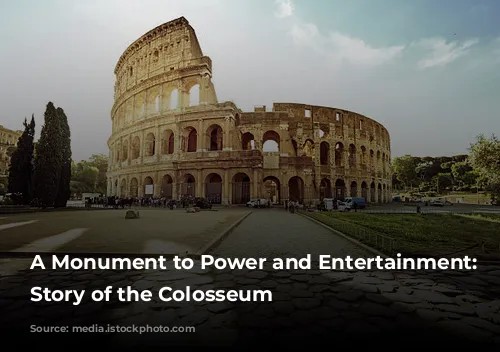
Beyond Entertainment: The Colosseum’s Architectural Influence
The Colosseum’s architectural significance extends beyond its imposing size and complex design. Its innovative use of arches, barrel vaults, and concrete set new standards for stadium construction and influenced countless structures in the centuries that followed. Its grand design, drawing inspiration from Greek theaters, helped shape the development of outdoor arenas and stadiums throughout history.
The Colosseum’s influence can be seen in modern stadiums, where the use of arches for support, elliptical shapes, and organized entry and exit systems all echo the principles of Roman architecture. Its legacy continues to inspire architects and engineers around the world.
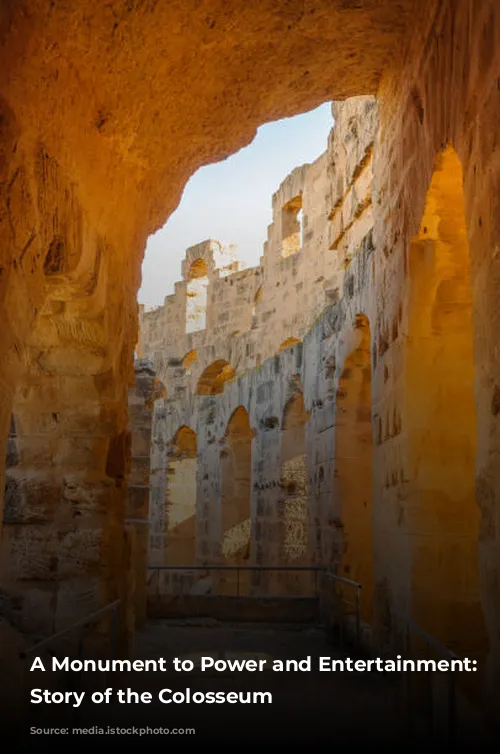
The Colosseum’s Enduring Legacy
The Colosseum, a symbol of Roman power and ingenuity, stands as a testament to the enduring spirit of ancient Rome. It is a monument to entertainment, architecture, and social hierarchy, offering a window into the fascinating world of the Roman Empire. As the “father of all modern stadiums,” the Colosseum continues to inspire awe and wonder, reminding us of the brilliance of ancient builders and the lasting impact of their creations.
